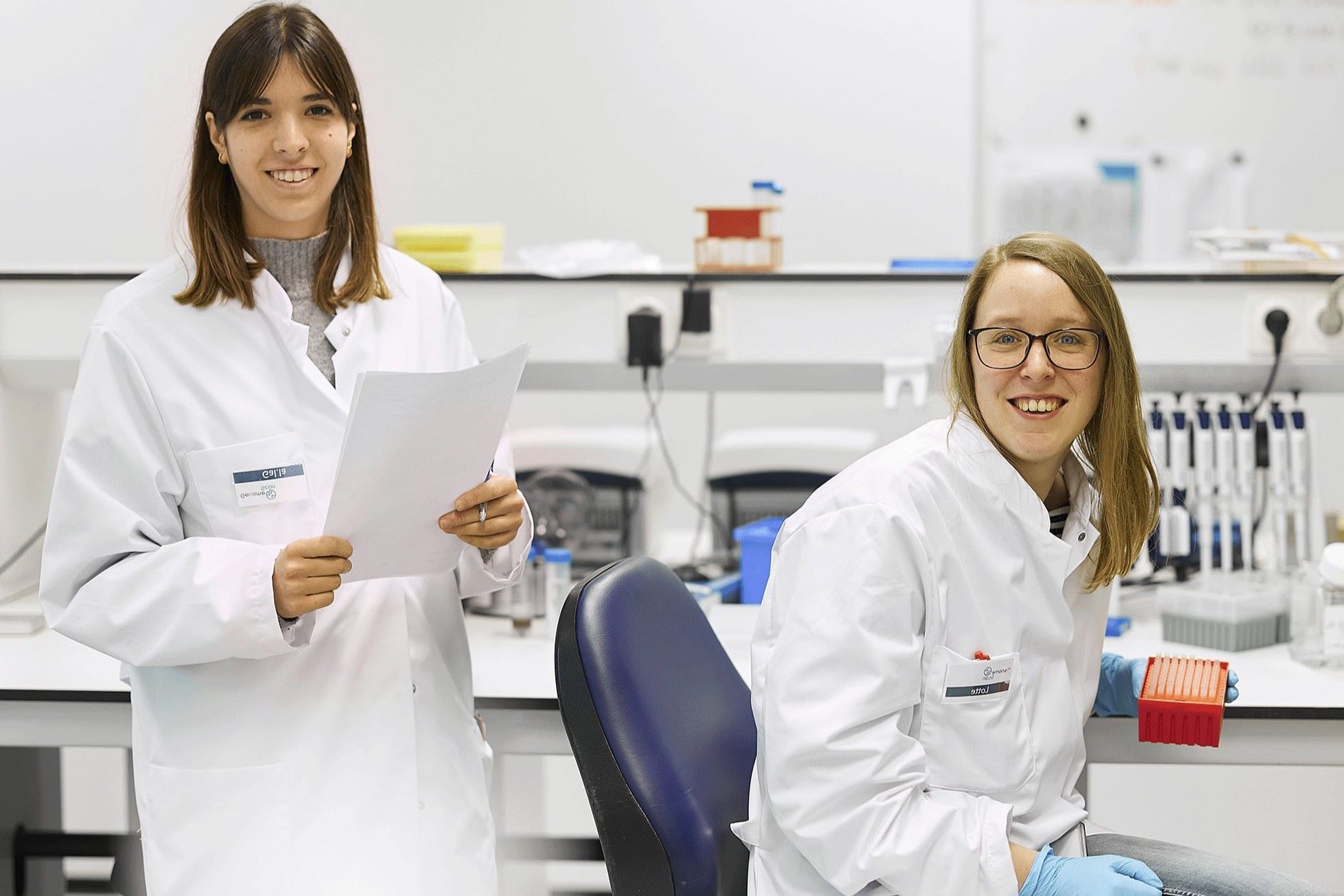
Light-dependent reactions are a vital part of photosynthesis, the process plants use to convert sunlight into energy. These reactions occur in the thylakoid membranes of chloroplasts, where sunlight is absorbed by chlorophyll and other pigments. But what exactly happens during these reactions? In simple terms, light energy is converted into chemical energy, producing ATP and NADPH, which are then used in the Calvin cycle to synthesize glucose. Understanding these reactions helps us appreciate how plants fuel our planet. Let's dive into 22 intriguing facts about light-dependent reactions that will illuminate this essential biological process.
What Are Light-Dependent Reactions?
Light-dependent reactions are the first stage of photosynthesis, where light energy is converted into chemical energy. These reactions occur in the thylakoid membranes of chloroplasts and are essential for producing the energy molecules needed for the next stage of photosynthesis.
-
Light-dependent reactions take place in the thylakoid membranes. These membranes are found inside chloroplasts, the organelles responsible for photosynthesis in plant cells.
-
Chlorophyll absorbs light energy. This green pigment captures light, primarily from the blue and red parts of the spectrum, initiating the process.
-
Water molecules are split. Known as photolysis, this process breaks water into oxygen, protons, and electrons.
-
Oxygen is released as a byproduct. The oxygen produced during photolysis is expelled into the atmosphere, which is crucial for life on Earth.
The Role of Energy Carriers
Energy carriers like ATP and NADPH are produced during light-dependent reactions. These molecules store and transport energy for use in the Calvin cycle, the next stage of photosynthesis.
-
ATP is generated through photophosphorylation. This process uses light energy to add a phosphate group to ADP, forming ATP.
-
NADP+ is reduced to NADPH. Electrons and protons from photolysis reduce NADP+ to NADPH, a high-energy molecule.
-
ATP and NADPH are used in the Calvin cycle. These energy carriers provide the necessary energy and electrons for synthesizing glucose from carbon dioxide.
Photosystems and Electron Transport Chain
Photosystems and the electron transport chain play vital roles in light-dependent reactions. They work together to convert light energy into chemical energy.
-
Photosystem II absorbs light first. It captures photons and uses the energy to extract electrons from water molecules.
-
Electrons travel through the electron transport chain. These electrons move through a series of proteins embedded in the thylakoid membrane.
-
Photosystem I absorbs light next. It re-energizes the electrons before they are used to reduce NADP+ to NADPH.
-
Proton gradient is created. As electrons move through the electron transport chain, protons are pumped into the thylakoid lumen, creating a gradient.
-
ATP synthase produces ATP. The proton gradient drives protons back into the stroma through ATP synthase, generating ATP.
Importance of Light-Dependent Reactions
Light-dependent reactions are crucial for the survival of plants and other photosynthetic organisms. They provide the energy and reducing power needed for the synthesis of organic molecules.
-
They provide energy for the Calvin cycle. Without ATP and NADPH, the Calvin cycle cannot proceed.
-
They produce oxygen. The oxygen released during photolysis is essential for aerobic respiration in most living organisms.
-
They help regulate the Earth's atmosphere. By producing oxygen and removing carbon dioxide, these reactions play a role in maintaining atmospheric balance.
Factors Affecting Light-Dependent Reactions
Several factors can influence the efficiency and rate of light-dependent reactions. Understanding these factors can help optimize photosynthesis in plants.
-
Light intensity affects the rate. Higher light intensity increases the rate of light-dependent reactions up to a certain point.
-
Wavelength of light matters. Chlorophyll absorbs blue and red light more effectively than green light.
-
Temperature influences enzyme activity. Enzymes involved in these reactions work best within a specific temperature range.
-
Water availability is crucial. A shortage of water can limit photolysis, reducing the overall efficiency of the reactions.
Applications and Research
Research into light-dependent reactions has led to various applications in agriculture and renewable energy. Scientists continue to explore ways to harness and improve these processes.
-
Genetic engineering can enhance photosynthesis. Modifying plants to optimize light-dependent reactions can increase crop yields.
-
Artificial photosynthesis aims to mimic natural processes. Researchers are developing systems to convert sunlight into chemical energy, similar to how plants do.
-
Understanding these reactions can help combat climate change. Improving photosynthesis efficiency in plants can enhance carbon dioxide absorption, mitigating global warming.
Final Thoughts on Light-Dependent Reactions
Light-dependent reactions play a crucial role in photosynthesis. They convert light energy into chemical energy, producing ATP and NADPH. These molecules are essential for the Calvin cycle, which synthesizes glucose. Without light-dependent reactions, plants couldn't produce the energy needed for growth and survival.
Understanding these reactions helps us appreciate the complexity of plant life and the importance of sunlight. It also sheds light on how energy flows through ecosystems, supporting various life forms.
In summary, light-dependent reactions are fundamental to life on Earth. They drive the process of photosynthesis, enabling plants to create the energy required for their functions. This, in turn, supports the entire food chain. So next time you see a plant basking in the sun, remember the incredible processes happening within its cells.
Was this page helpful?
Our commitment to delivering trustworthy and engaging content is at the heart of what we do. Each fact on our site is contributed by real users like you, bringing a wealth of diverse insights and information. To ensure the highest standards of accuracy and reliability, our dedicated editors meticulously review each submission. This process guarantees that the facts we share are not only fascinating but also credible. Trust in our commitment to quality and authenticity as you explore and learn with us.


